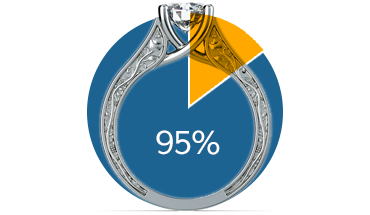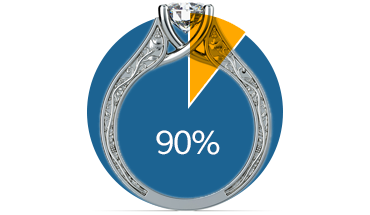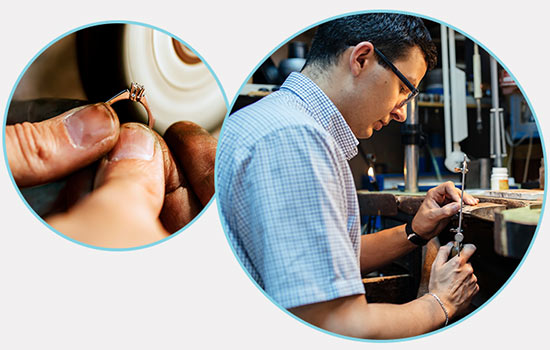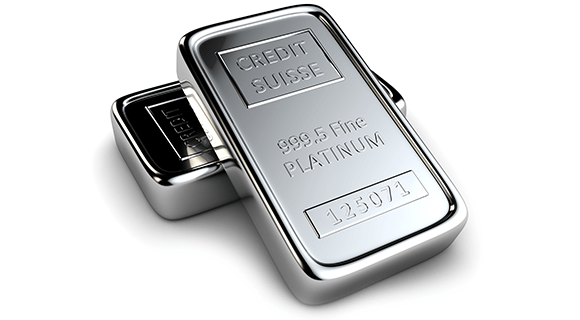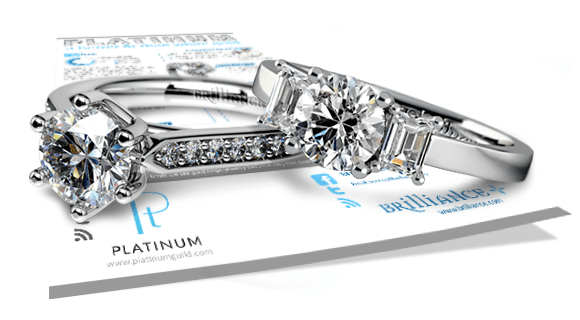Platinum
At Brilliance, we're proud to offer a wide assortment of platinum settings for our finest jewelry pieces. All of our platinum consists of at least 95% pure platinum, with a maximum of 5% alloy metals. Nearly all of our solitaire and engagement rings have platinum prongs to keep diamonds securely in place.
Platinum Purity
Considered among the most pure and precious metals used in modern-day jewelry making, platinum has become synonymous with luxury and longevity. Because of its hardness and durability, pure platinum is often mixed with other metals to make it more malleable. The most common alloy metals paired with platinum are copper, palladium, rhodium, iridium, and titanium.
Although some alloys may be billed as platinum by jewelry sellers, there are stringent requirements for what constitutes a 'pure' platinum piece. Only metals marked with a 950 or 900 purity designation are considered high-grade platinum. Alloys containing a lower ratio are often used to make jewelry, but these pieces don't impart the same high standards of quality, longevity, or beauty. At Brilliance, we use only the purest platinum alloys to craft our fine jewelry.
